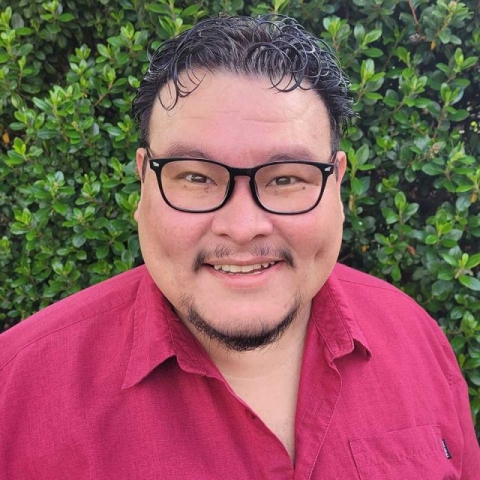Opening up office hours
Office hours are a chance for students to seek more personalized help and advice from their professors. But what that looks like varies between different faculty members and their students. A multi-campus team led by researchers at UC Santa Barbara has just received funding from the National Science Foundation to investigate how to make office hours more effective, accessible and inclusive.
“Being selected for this NSF grant highlights UCSB’s commitment to advancing STEM education and addressing the challenges faced by students, particularly those from historically underrepresented backgrounds,” explained co-lead investigator Eduardo Gonzalez Niño, an associate professor of teaching and vice chair of undergraduate studies in the Department of Molecular, Cellular, and Developmental Biology.
The $995,777 grant will allow the team to explore student engagement and faculty practices across a diverse set of colleges and universities, including UCSB, UC Irvine, Chapman University, Santa Barbara City College, Irvine Valley College and Orange Coast College.
The researchers plan to tackle several key questions in STEM education. Firstly, they want to understand how students from diverse backgrounds perceive and engage with office hours and other academic support mechanisms. They’re also curious what barriers may prevent these students from taking full advantage of these resources. Based on their findings, the researchers want to know how schools can foster a more inclusive and supportive learning environment, ultimately leading to greater student success and retention in STEM fields.
“There’s a concept called ‘the hidden curriculum,’ which is the idea that there are norms and implicit expectations that we have in academia that are not always communicated well to students,” said co-lead investigator Vanessa Woods, an associate teaching professor in the Department of Psychological & Brain Sciences. Students from marginalized backgrounds are often much less aware of this hidden curriculum.
“One of those spaces is office hours,” Woods said. She and Gonzalez Niño — themselves first-generation college students — thought that this group may not be making use of office hours as much as continuing-generation students. So they began working with campus organizations such as the ONDAS Student Center (Opening New Doors to Accelerating Success) and the Successful Student Transitions team, to help demystify office hours.
The NSF funding will enable the team to continue to develop and implement innovative strategies and provide professional development for faculty to improve office hours. It will also allow the team to disseminate their findings and best practices, potentially impacting STEM education on a national scale.





